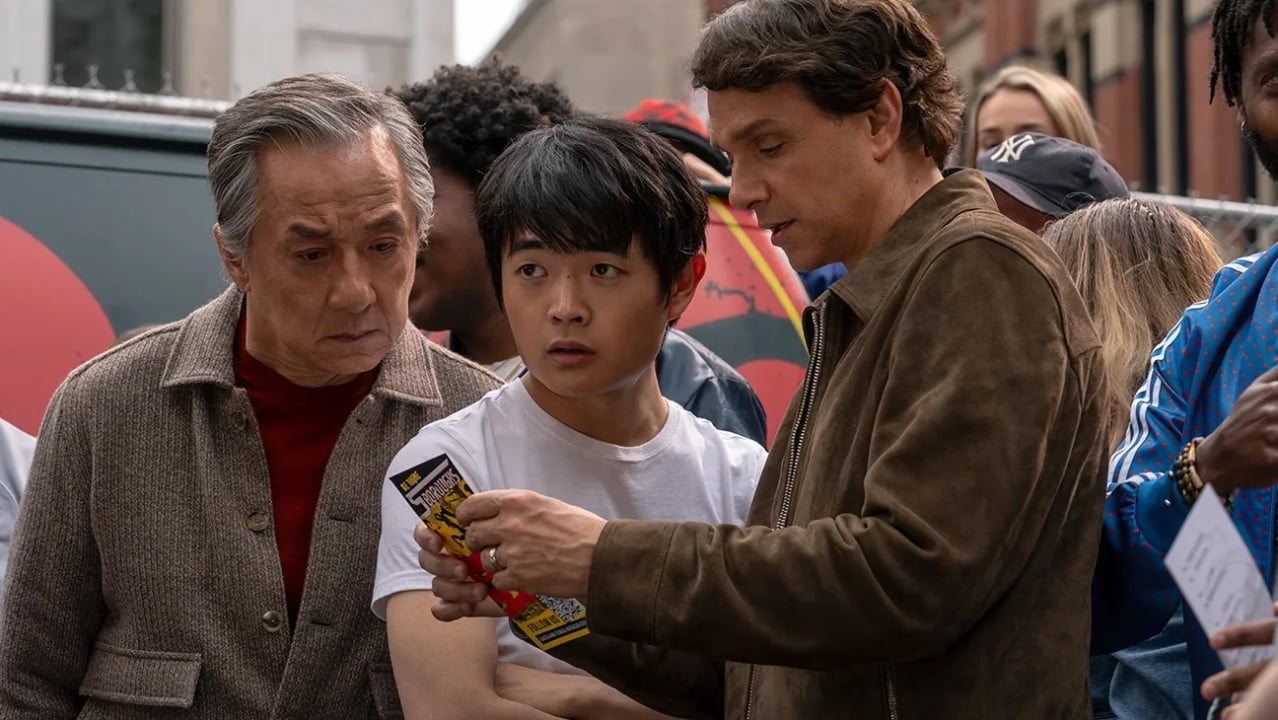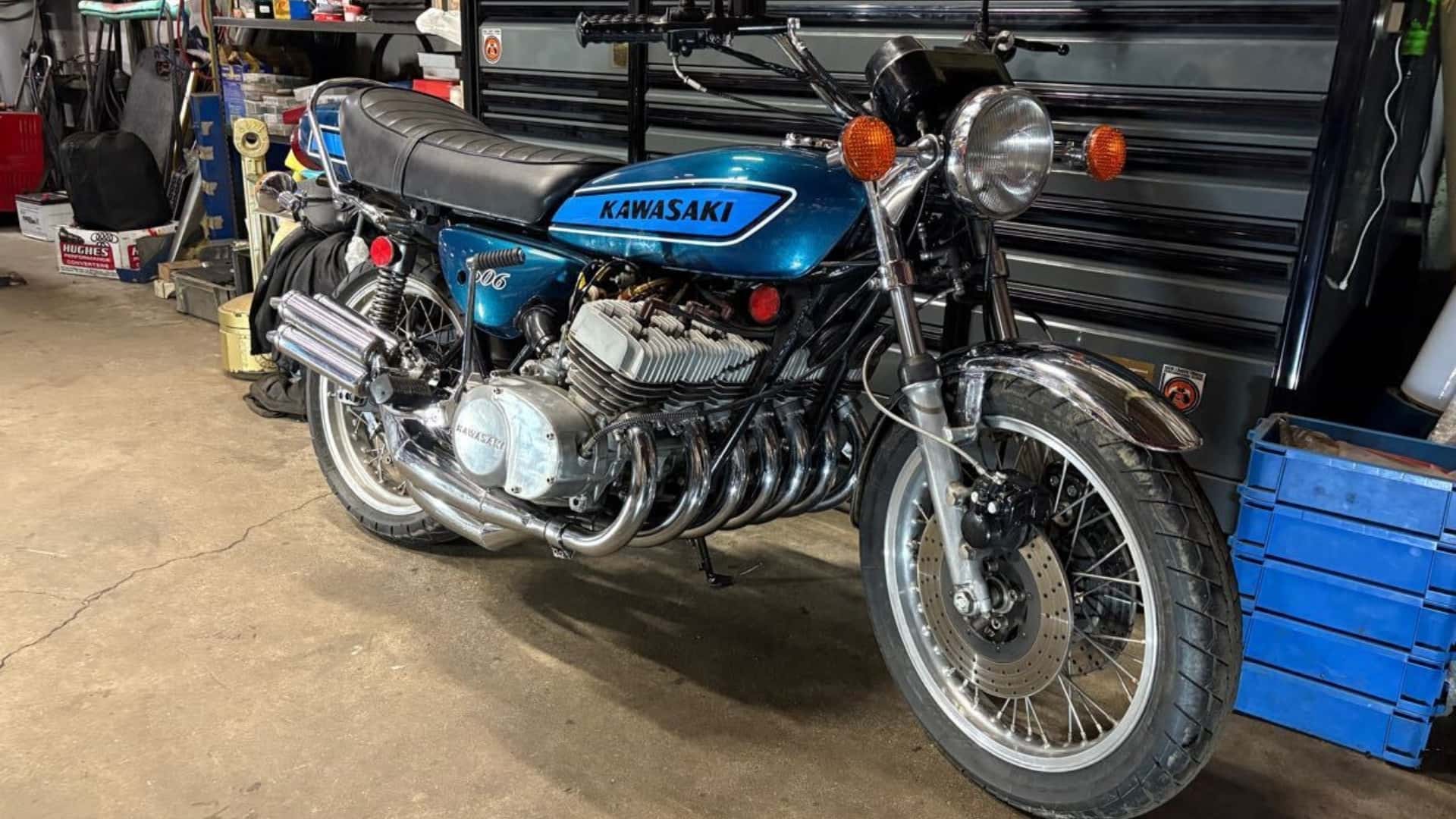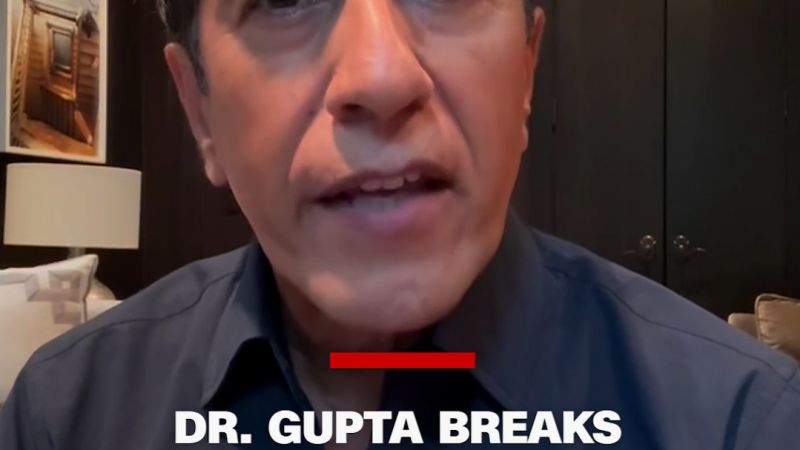Chronic Venous Insufficiency: When To Seek Medical Attention

Welcome to your ultimate source for breaking news, trending updates, and in-depth stories from around the world. Whether it's politics, technology, entertainment, sports, or lifestyle, we bring you real-time updates that keep you informed and ahead of the curve.
Our team works tirelessly to ensure you never miss a moment. From the latest developments in global events to the most talked-about topics on social media, our news platform is designed to deliver accurate and timely information, all in one place.
Stay in the know and join thousands of readers who trust us for reliable, up-to-date content. Explore our expertly curated articles and dive deeper into the stories that matter to you. Visit Best Website now and be part of the conversation. Don't miss out on the headlines that shape our world!
Table of Contents
Chronic Venous Insufficiency: When to Seek Medical Attention
Chronic venous insufficiency (CVI) affects millions, causing uncomfortable and sometimes debilitating symptoms. Understanding when to seek medical attention is crucial for preventing complications and improving your quality of life. This article will guide you through the warning signs, highlighting when a visit to your doctor is not just advisable, but necessary.
What is Chronic Venous Insufficiency?
CVI occurs when the veins in your legs and feet lose their ability to effectively return blood to the heart. This results in a buildup of blood in the lower extremities, leading to a range of symptoms. The primary cause is often damage to the valves within the veins, preventing proper blood flow. Risk factors include genetics, obesity, prolonged standing or sitting, pregnancy, and previous blood clots (deep vein thrombosis or DVT).
Recognizing the Warning Signs: When to See a Doctor
While some mild CVI symptoms can be managed with lifestyle changes, several indicators necessitate immediate medical attention:
-
Leg Swelling (Edema): Persistent swelling in one or both legs, particularly noticeable at the end of the day or after prolonged periods of standing, warrants a doctor's visit. Significant swelling can indicate a more serious underlying condition.
-
Leg Pain and Cramping: While some aching is common, severe pain, especially at night, accompanied by cramping, requires evaluation. This pain can be exacerbated by standing or walking and relieved by elevating the legs.
-
Skin Changes: Changes in skin color, texture, or appearance are serious red flags. These include:
- Brownish discoloration: This hyperpigmentation is often seen around the ankles and is a sign of long-term blood pooling.
- Skin thickening and hardening (lipodermatosclerosis): This indicates advanced CVI and requires prompt medical intervention.
- Ulcers (leg sores): Venous ulcers are a common and serious complication of CVI, often slow to heal and prone to infection. If you notice any open sores on your legs, seek medical attention immediately.
- Varicose Veins: While varicose veins themselves aren't always a sign of severe CVI, their presence, particularly if accompanied by other symptoms, should be evaluated by a doctor.
-
Skin Infections: Any signs of infection, such as redness, warmth, swelling, or pus around a wound or varicose vein, should be treated immediately. Infected leg ulcers can be dangerous and require prompt medical intervention.
-
Sudden onset of severe pain: If you experience sudden, severe pain in your leg, especially if accompanied by swelling and redness, it could indicate a blood clot (DVT). This is a medical emergency requiring immediate attention.
Diagnosis and Treatment
Your doctor will conduct a physical examination and may order diagnostic tests such as a venous Doppler ultrasound to assess blood flow in your legs. Treatment options for CVI vary depending on the severity of the condition and may include lifestyle modifications (weight loss, exercise, compression therapy), medication, minimally invasive procedures (like endovenous ablation or sclerotherapy), or surgery.
Prevention and Lifestyle Changes
While some factors contributing to CVI are beyond your control, several lifestyle adjustments can help prevent or manage the condition:
- Maintain a healthy weight: Obesity increases pressure on leg veins.
- Regular exercise: Promotes blood circulation.
- Elevate your legs: Helps reduce swelling.
- Wear compression stockings: Improves blood flow.
- Avoid prolonged standing or sitting: Take frequent breaks to move around.
Conclusion:
Ignoring the symptoms of CVI can lead to serious complications, including severe leg ulcers, skin infections, and even blood clots. Don't hesitate to seek medical attention if you experience any of the warning signs discussed above. Early diagnosis and treatment can significantly improve your comfort, prevent complications, and maintain your overall health. Schedule an appointment with your doctor or a vascular specialist today to discuss your concerns. Your health is worth it.

Thank you for visiting our website, your trusted source for the latest updates and in-depth coverage on Chronic Venous Insufficiency: When To Seek Medical Attention. We're committed to keeping you informed with timely and accurate information to meet your curiosity and needs.
If you have any questions, suggestions, or feedback, we'd love to hear from you. Your insights are valuable to us and help us improve to serve you better. Feel free to reach out through our contact page.
Don't forget to bookmark our website and check back regularly for the latest headlines and trending topics. See you next time, and thank you for being part of our growing community!
Featured Posts
-
 Karate Kid Legends And 4 K Uhd Collection Launch Simultaneously This August
Jul 19, 2025
Karate Kid Legends And 4 K Uhd Collection Launch Simultaneously This August
Jul 19, 2025 -
 Stephen Colberts Late Night Reign To Conclude In May 2026
Jul 19, 2025
Stephen Colberts Late Night Reign To Conclude In May 2026
Jul 19, 2025 -
 Ed Feulner And The Power Of Principled Leadership An Enduring Legacy
Jul 19, 2025
Ed Feulner And The Power Of Principled Leadership An Enduring Legacy
Jul 19, 2025 -
 Department Of Education Halts Student Loan Forgiveness Payments
Jul 19, 2025
Department Of Education Halts Student Loan Forgiveness Payments
Jul 19, 2025 -
 One Of A Kind 7 Cylinder Kawasaki A Two Stroke Custom Motorcycle Up For Grabs
Jul 19, 2025
One Of A Kind 7 Cylinder Kawasaki A Two Stroke Custom Motorcycle Up For Grabs
Jul 19, 2025
Latest Posts
-
 Your Weekend Watchlist 6 New Releases On Netflix Amazon Prime And Disney July 18 20
Jul 20, 2025
Your Weekend Watchlist 6 New Releases On Netflix Amazon Prime And Disney July 18 20
Jul 20, 2025 -
 Trumps Health Update Dr Gupta Offers Medical Perspective
Jul 20, 2025
Trumps Health Update Dr Gupta Offers Medical Perspective
Jul 20, 2025 -
 Carnivals Carnival Dream Returns First Cruise From New Orleans To New Resort Announced
Jul 20, 2025
Carnivals Carnival Dream Returns First Cruise From New Orleans To New Resort Announced
Jul 20, 2025 -
 Carnival Adds Ships Boosts Passenger Capacity In New Orleans
Jul 20, 2025
Carnival Adds Ships Boosts Passenger Capacity In New Orleans
Jul 20, 2025
